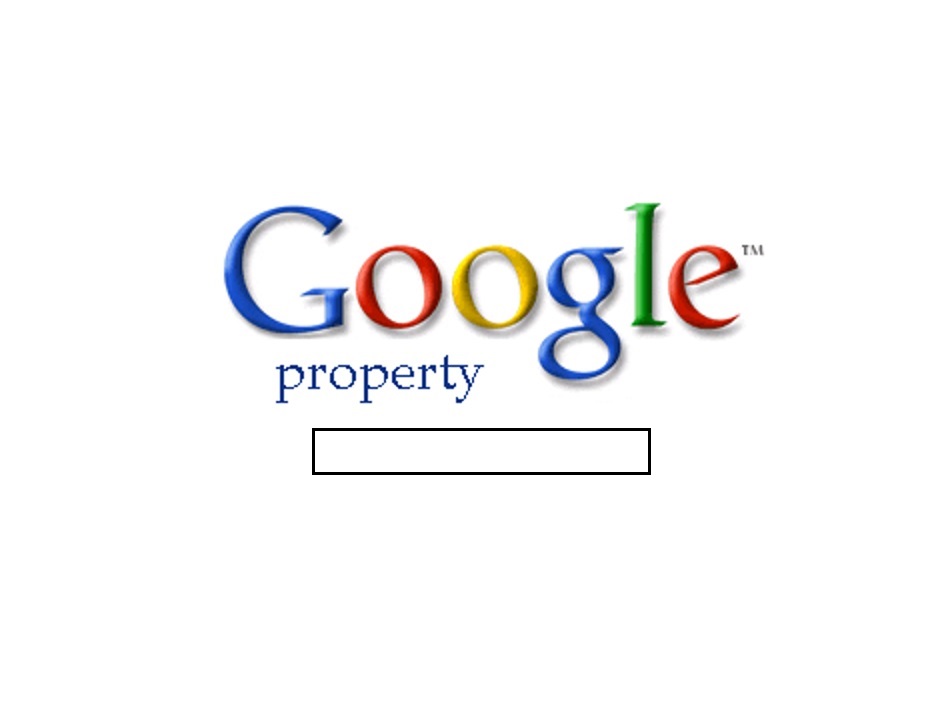1/2 idea No. 10: History of the Land Registry as part of a history of things we don’t know
By Jon Agar, on 27 July 2021
(I am sharing my possible research ideas, see my tweet here. Most of them remain only 1/2 or 1/4 ideas, so if any of them seem particularly promising or interesting let me know @jon_agar or jonathan.agar@ucl.ac.uk!)
Some things are hard to find out.
With Google Scholar I can find academic papers on almost any subject I choose. With Google Earth I can zoom in on any part of the planet’s surface. Bibliometrics and physical geography are two fields where it’s easy. But one type of knowledge that is hard, or at least very expensive (which amounts to the same thing) to discover is who owns what, especially who owns what land. There’s no such thing as Google Property. 
The question of why we don’t know something often has historical answers: there is past of decisions taken and projects built in certain ways and not others that results in worlds in which some information is available to some people and not to others.
The history of the land, in a country such as Britain, is a case in point. I am deeply impressed by the dedicated historical research that Kevin Cahill began, and Guy Shrubsole and Anna Powell-Smith have continued to build in, the latter’s words, ‘the most comprehensive public map of land ownership in England: a modern Domesday, if you like’. Who Owns England? is an activist historical project with substance.
I would approach the topic in a different, but complementary, way.
I have long been interested in the history of information, information technologies, and how they have been built and used. My book, The Government Machine (MIT Press, 2003), traced the history of data collection and processing by the British state, whether the data was paperwork, punched card or computerised. The argument was that government has always been a processor of data, and the capacities to govern shape, and are shaped by, changing technologies of information. It was, I joked, seriously, an attempt to put the bureau back into the history of bureaucracy.
In The Government Machine I showed how the state processed information, and generated knowledge, on topics as diverse as the general population, criminals, vehicles, the location of enemy aircraft, accounts, and the pay of soldiers, sailors and civil servants. But I did not study how information was held, processed and shared, on land.
The route in would be study the available records of the history of the Land Registry. HM Land Registry has been in existence since the 1860s, and holds a record of freehold (and any leasehold of over seven years’ duration) land. The records underpin the operation of the market in property, guaranteeing claims to title. It is therefore the most significant database of who owns what land in England and Wales (there are equivalent bodies for Scotland and Northern Ireland). A search for title (including information on ownership) costs money.
Since the 1860s the Land Registry has passed through different technological forms. At each stage there were different opportunities, and therefore decisions taken, that would affect what information was held and how easily it could be shared. These decisions would have political consequences, as decisions about how available information is about who owns what must surely have.
It would be also interesting to compare the history of the Land Registry with other cartographic and information-holding institutions, such as the Ordnance Survey and the Hydrographic Office.
I have got as far as browsing some of the records of the Land Registry held at the National Archives (in the TNA/LAR series), but there’s a lot of material and I’m weighing up whether the project justifies the effort spent.
 Close
Close






